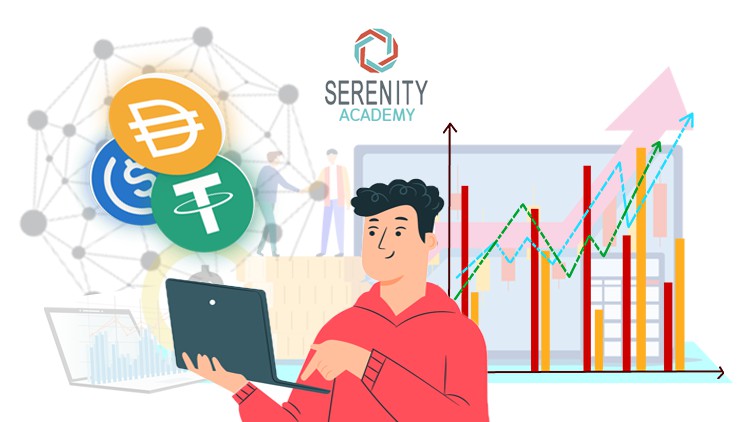
A quick course for everyone who wishes to start investment in stablecoins, from the basic concepts to practices.
What you will learn
This course is non-technical. It’s a hands-on course for practical skills required for investing in stablecoins, e.g. how to use certain DeFi platforms
This course will equip the students with basic knowledge of DeFi investing and its key components, such as types of stablecoins, use of stablecoins in Defi, etc
Furthermore, this course covers common information websites and how you should use them to perform investment analysis
This course aims to help retail investors and finance professionals within the traditional finance industry to navigate the world of stablecoin investin
Description
This course covers the basic concepts of using stablecoins as investments to earn passive income. Investments in stablecoins do not take market price risks, or is often known as delta-neutral. This course does not cover the basics of blockchain, but rather focuses on the practical skills and concepts of the basic DeFi protocols like Curve and Uniswap, for uses to get started on the investment process.
The course structure covers:
1) What’s stablecoins and types of stablecoins
2) Typical DeFi protocols related to stableccoin investments
3) Assess stablecoin risks
4) The financial knowledge required for stablecoin investment
5) Security set-up (Ledger or multi-sig)
6) Informational websites
The course does not require any prior knowledge in blockchain or finance. But it will good to understand and be familiar with the use of Metamasks and basic interactions with smart contracts via website UIs. Similarly, it does not require prior financial knowledge, but it will be relevant if the user understands the common terms in investments, such as AUM, revenue, interest rates, etc.
This course is not a financial advice or recommendation of investment in cryptocurrency. Despite being delta-neutral, investments in stablecoins are also investments in cryptocurrency and carry the risks similar to any other blockchain or cryptocurrency projects. This course intends to be informational and gets the users the basic understanding of the industry, before they seek professional advices or study further into this field.
Content